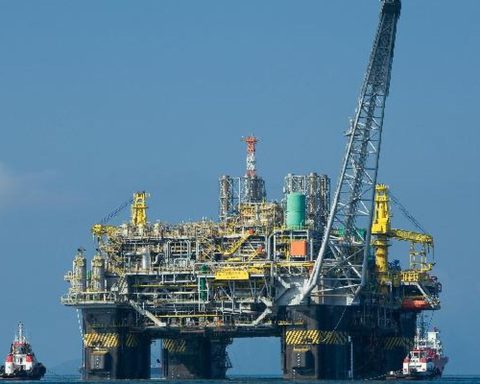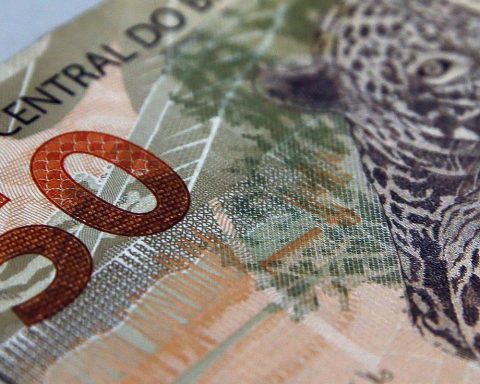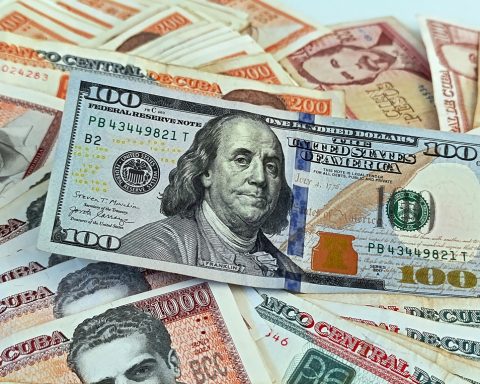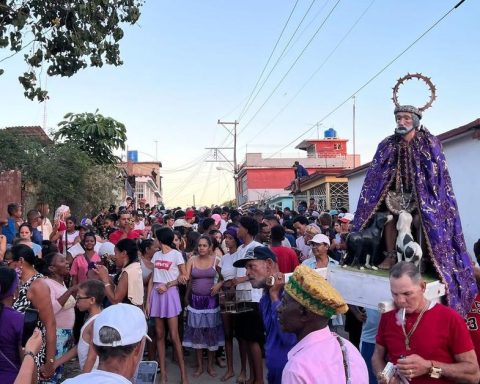Indicator considered as a preview of the Gross Domestic Product (GDP, sum of goods and services produced in the country), the Economic Activity Index of the Central Bank (IBC-Br) retreated 0.44% in April compared to the previous month. In March, the indicator registered a high of 1.09%.
The comparison between March and April is seasonally adjusted. This criterion disregards differences in holidays and fluctuations in economic activity, typical of certain times of the year.
Despite the monthly drop, the IBC-Br rose 2.23% compared to April last year. In 12 months, the IBC-Br accumulates a high of 3.46%. In the quarterly moving average, an indicator used to capture trends, the IBC-Br increased by 0.45% from February to April, compared to the period from January to March.
Because of the strike by Central Bank (BC) servants, the IBC-Br remained unpublished for two months. With the end of the movement, on Tuesday (5), the statistic was normalized. The IBC-Br is released with a lag of just over two months. Thus, the most up-to-date indicator is that of April.
Despite being considered a preview of economic activity, the IBC-Br has a different methodology from the official GDP figures calculated by the Brazilian Institute of Statistical Geography (IBGE). The Central Bank is based on sectoral surveys (trade, industry, services) released by the IBGE to update the IBC-Br each month. GDP is released every three months, considering production, income and consumption data for the entire economy.

















